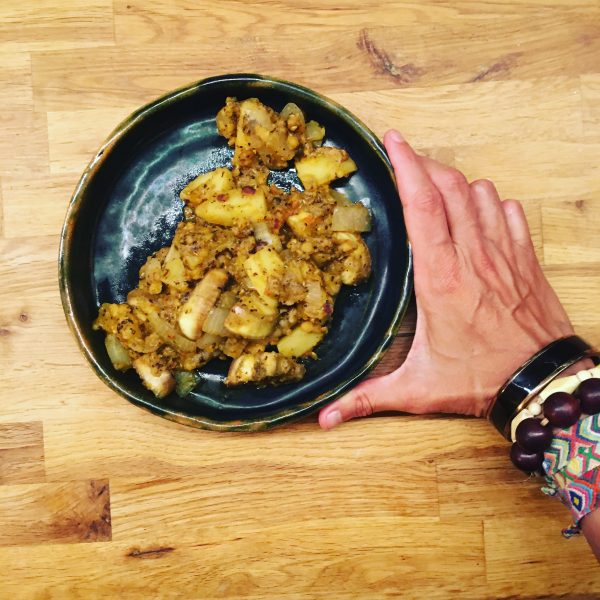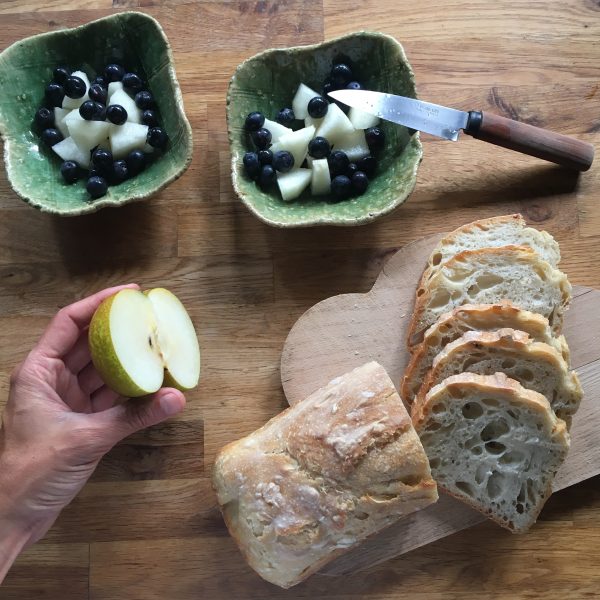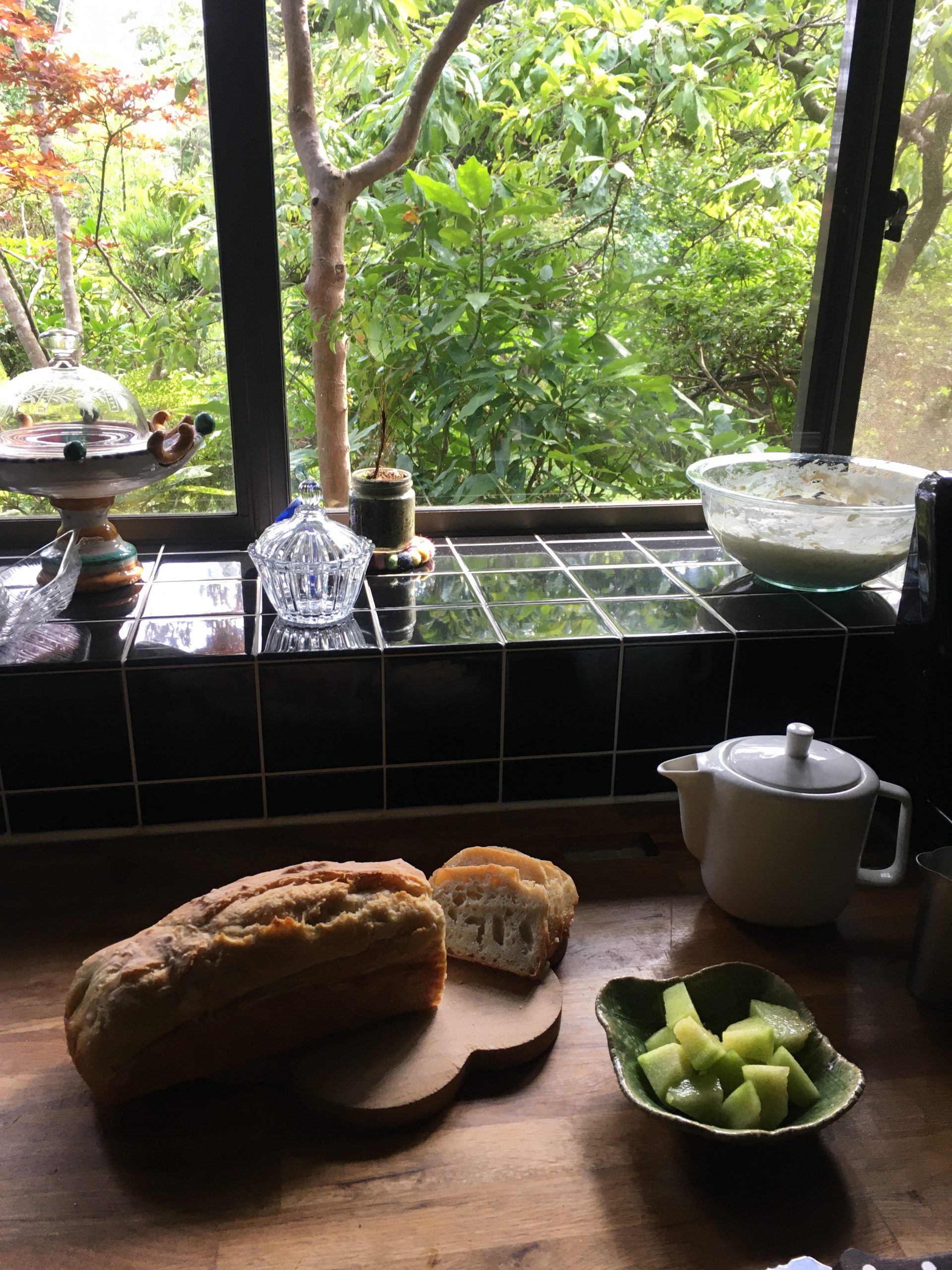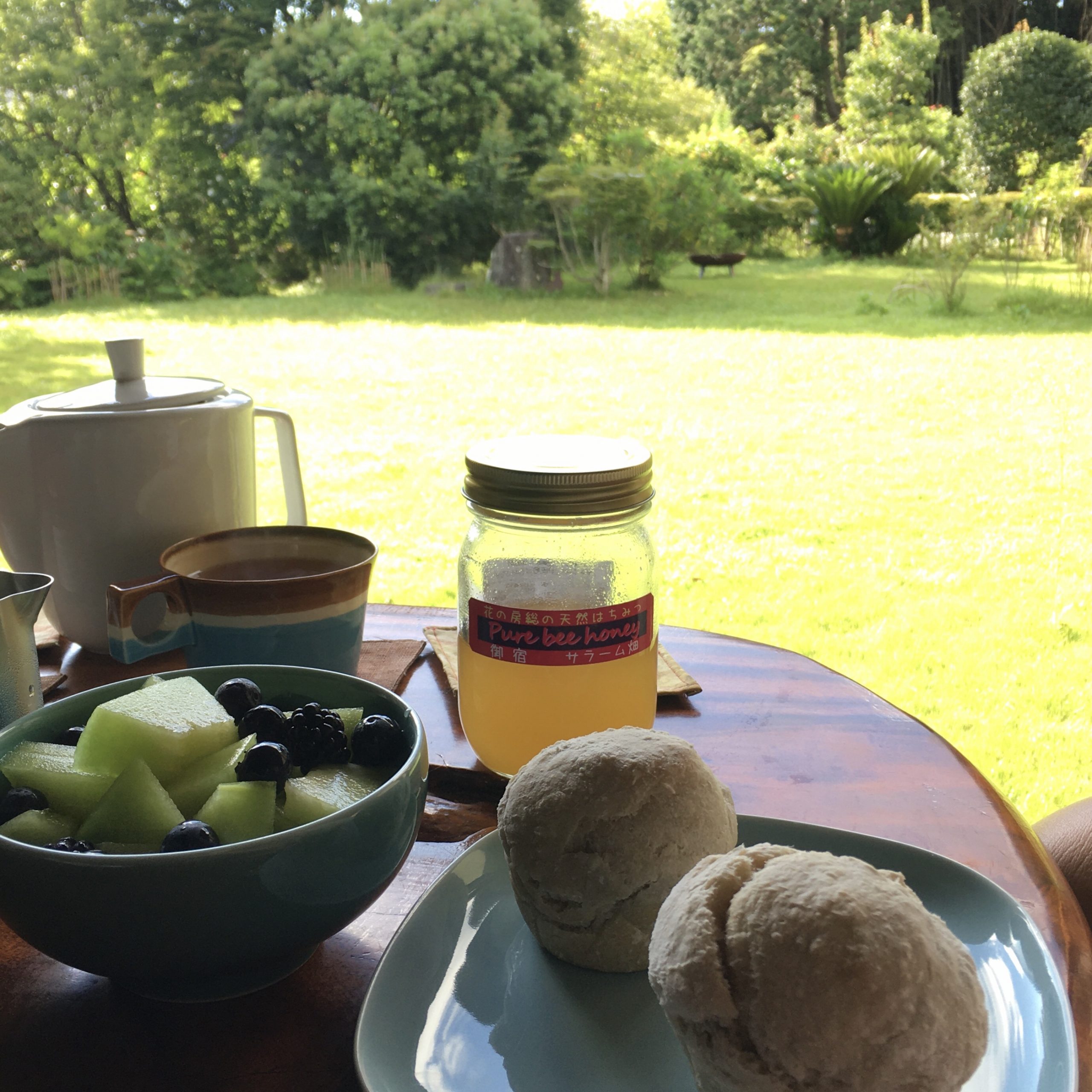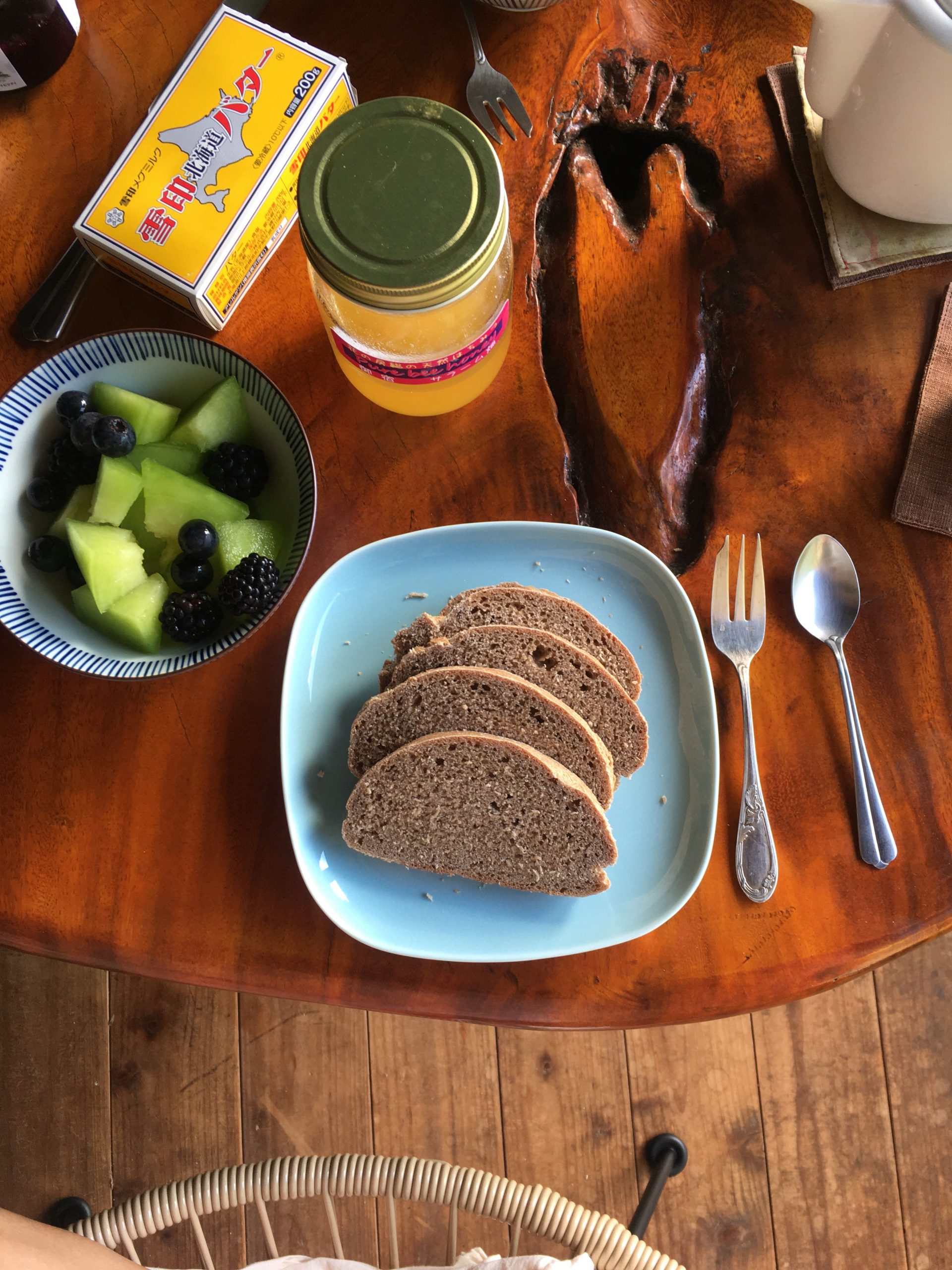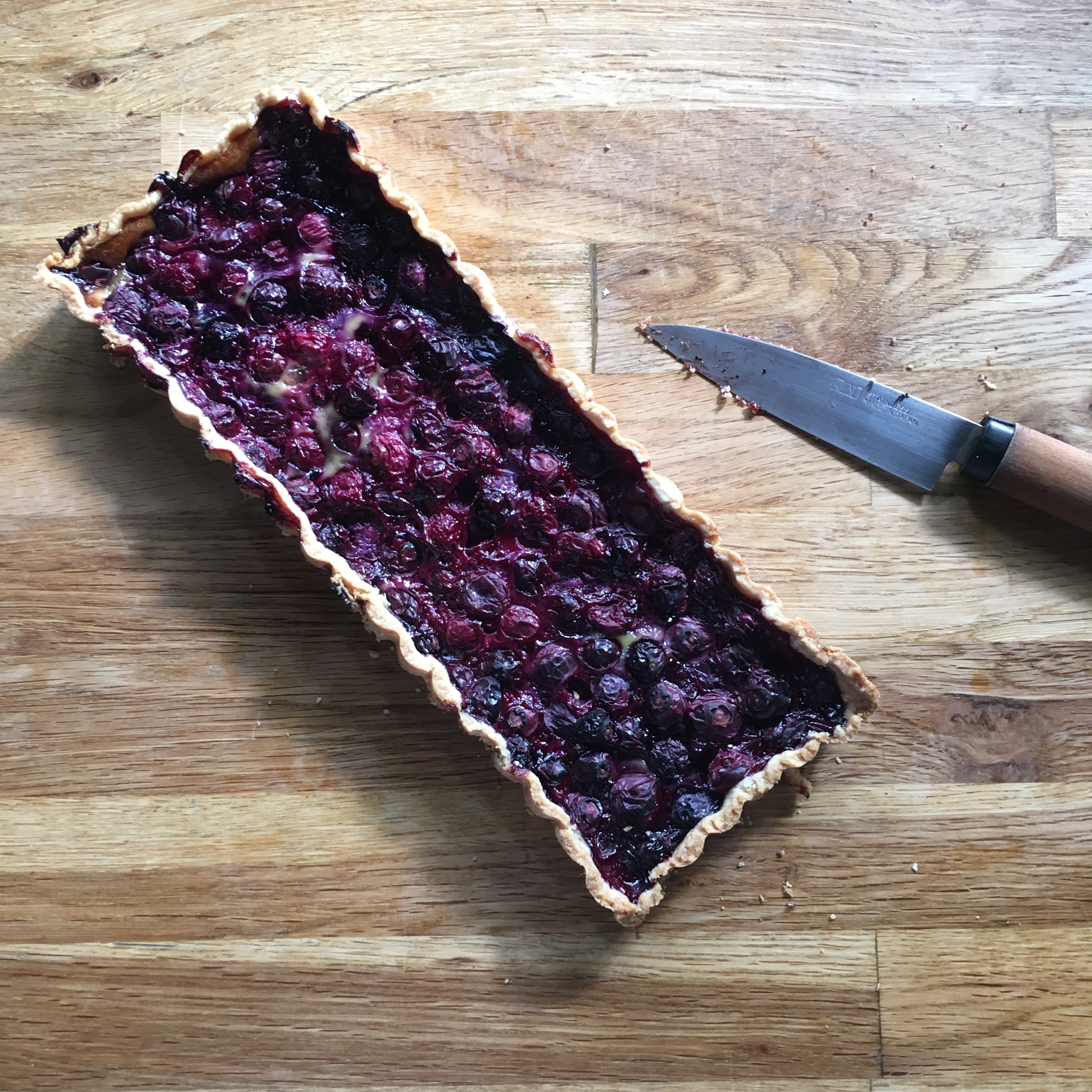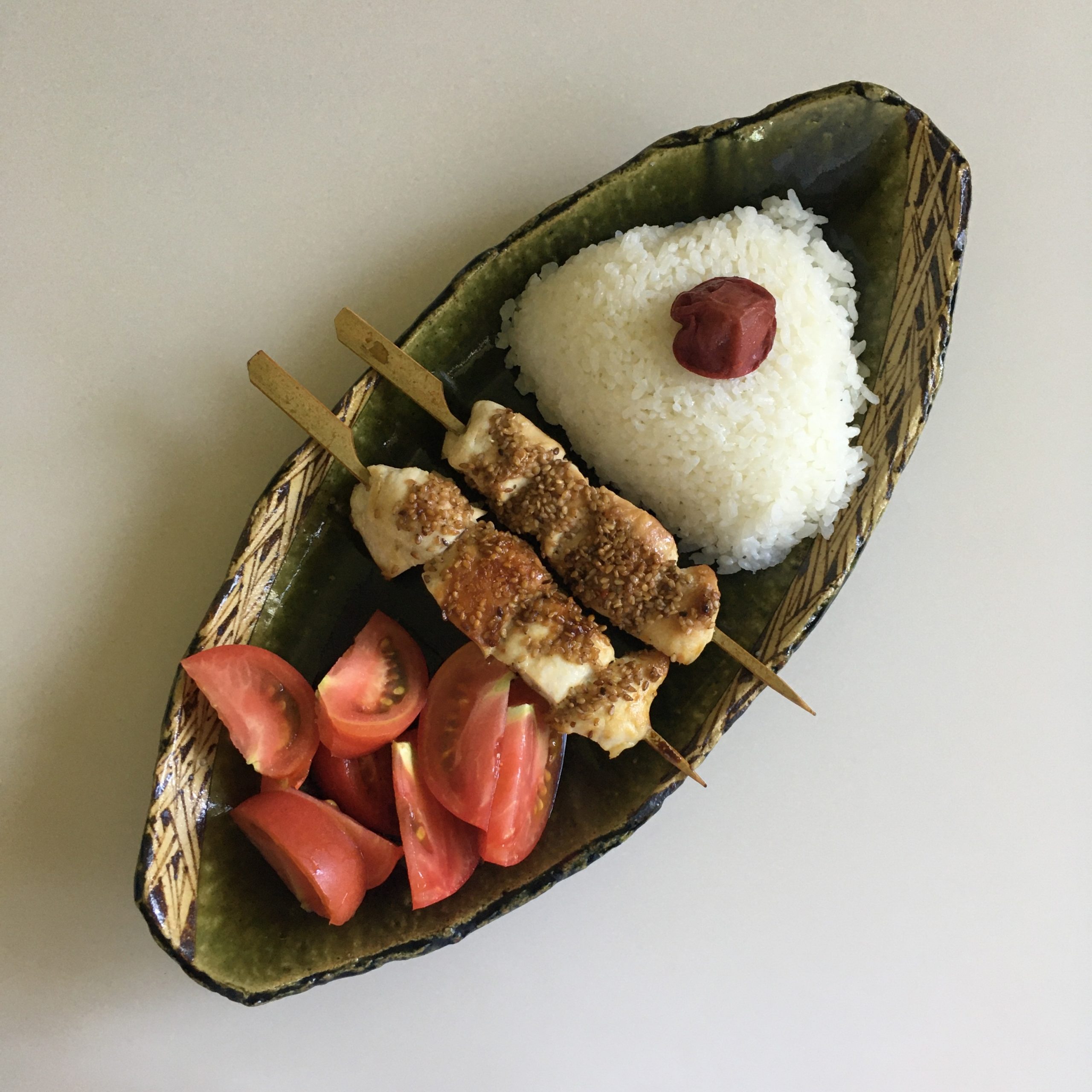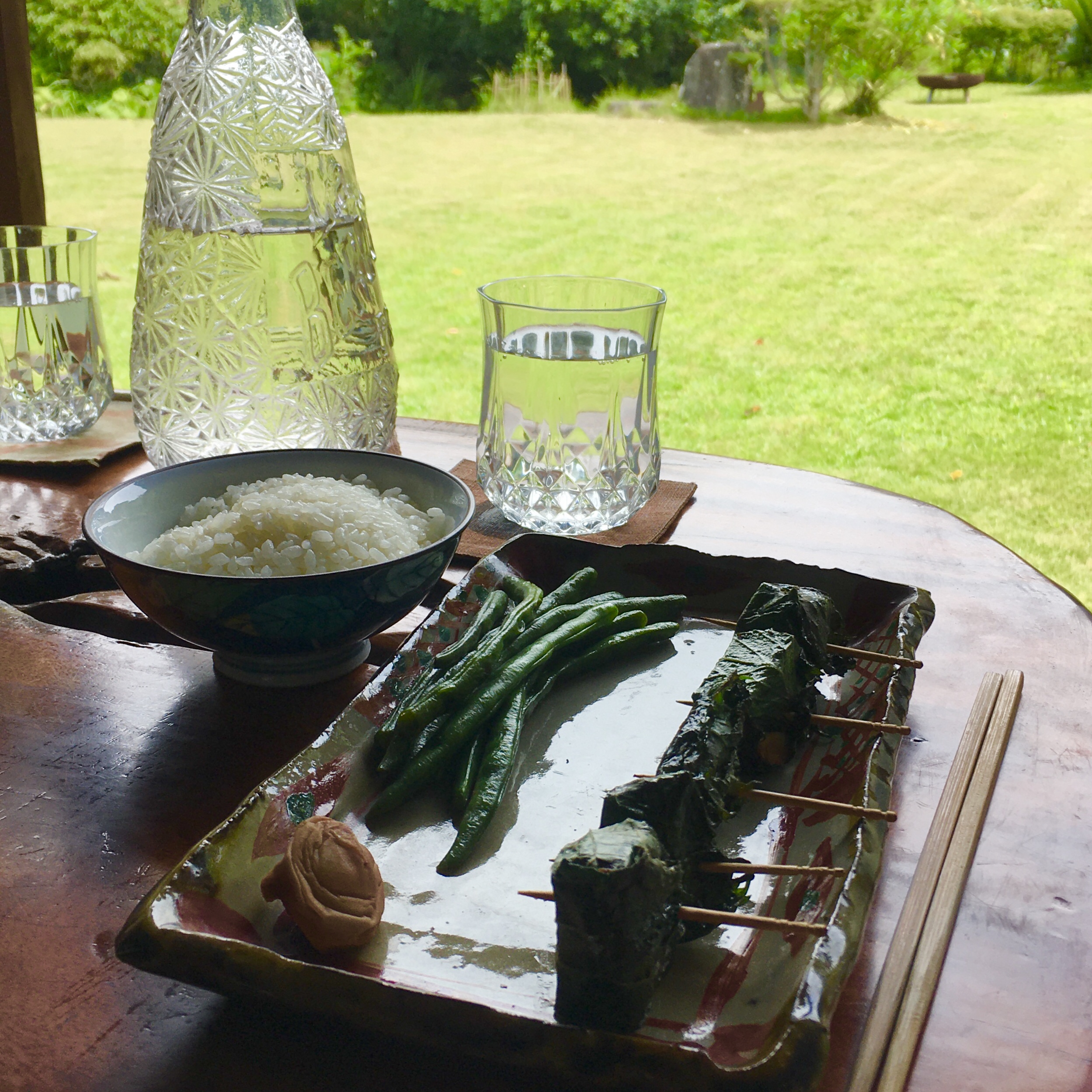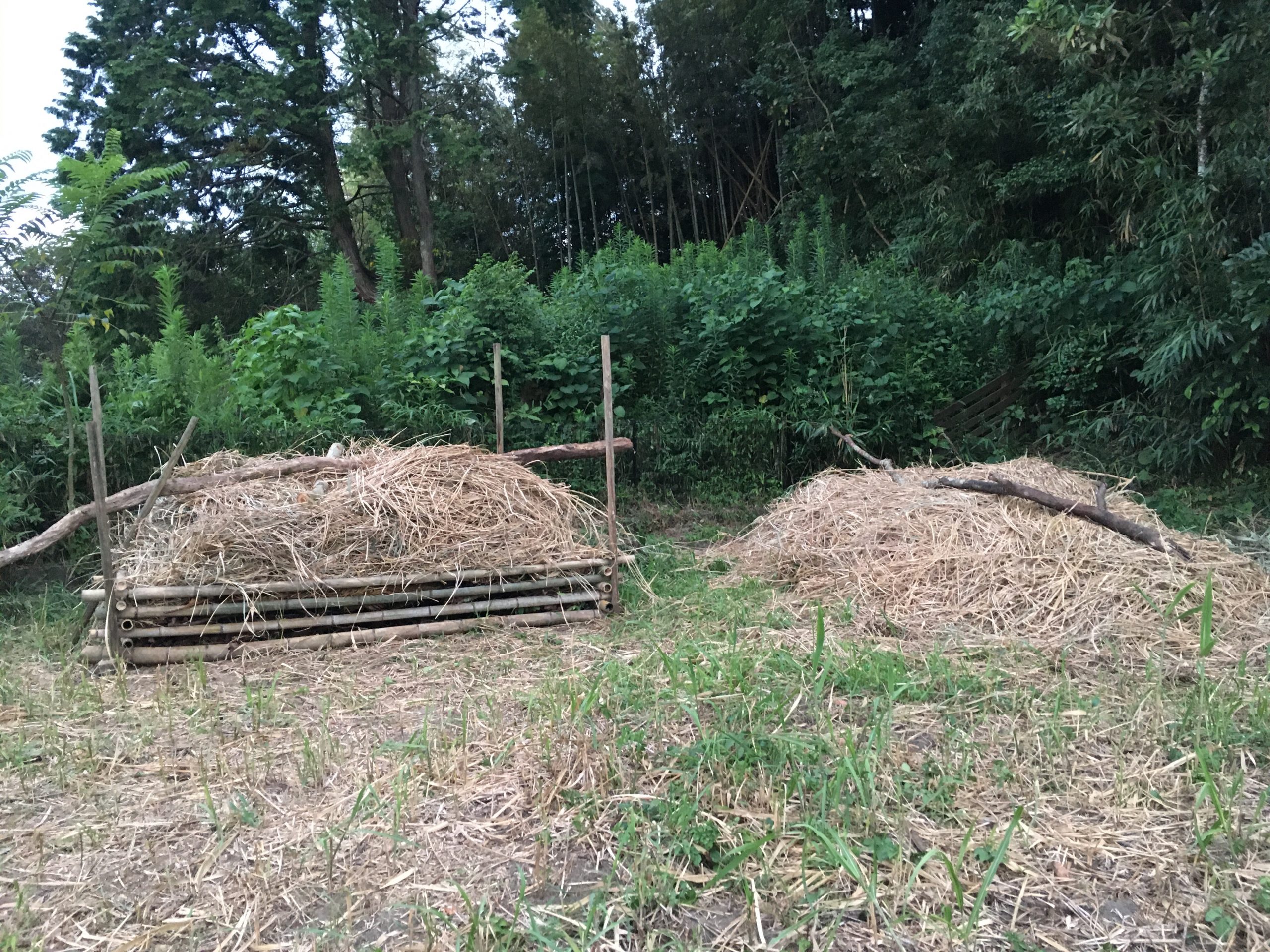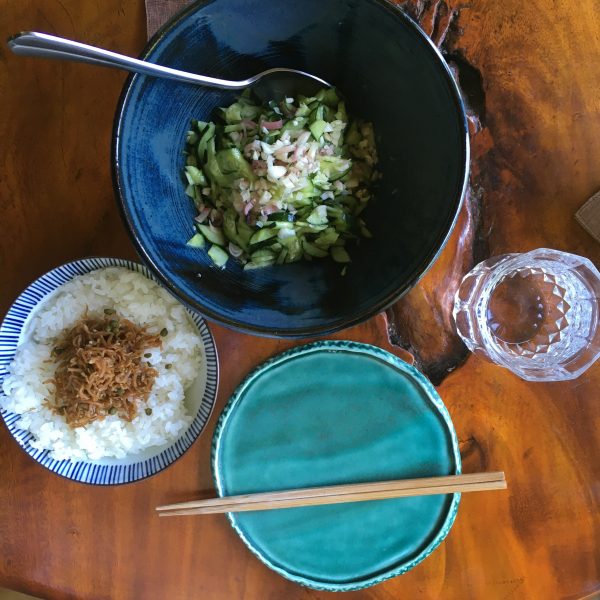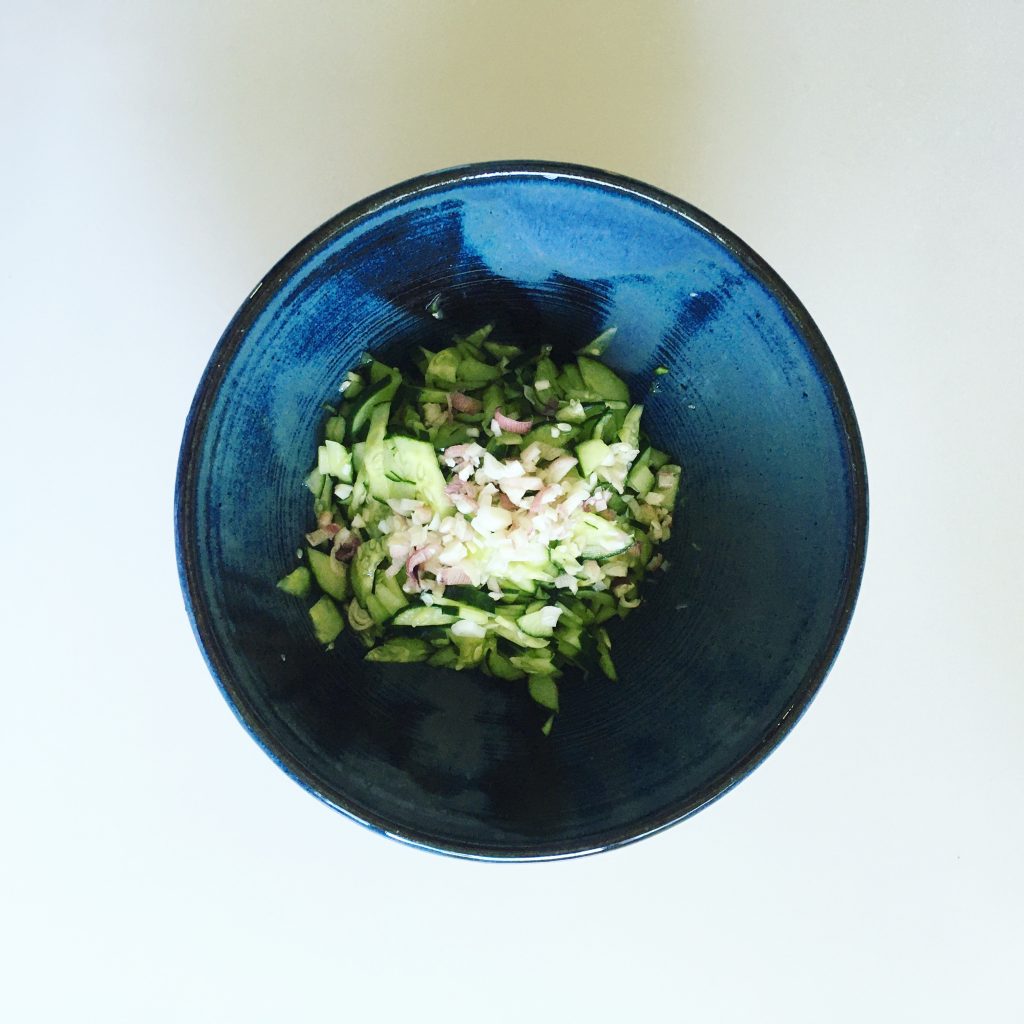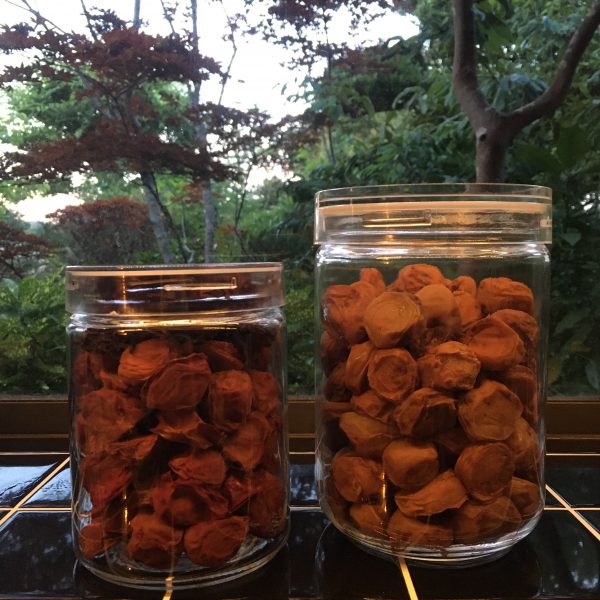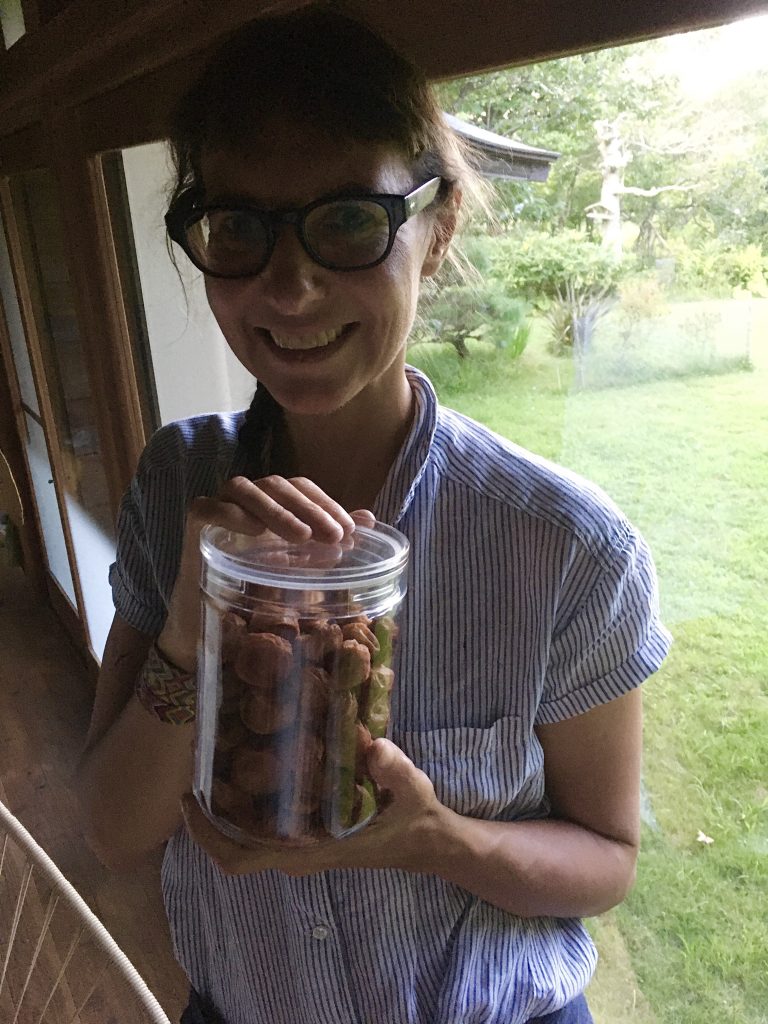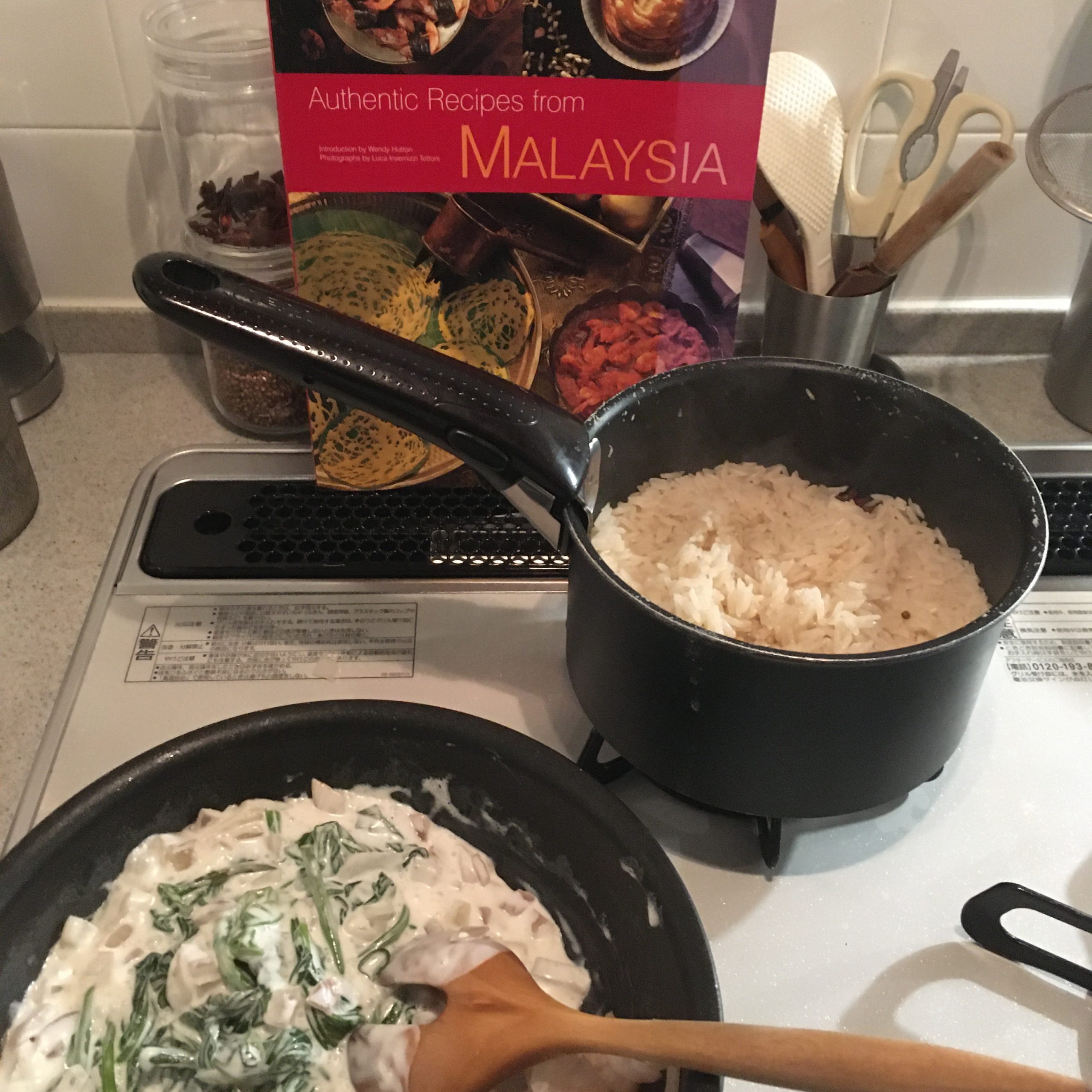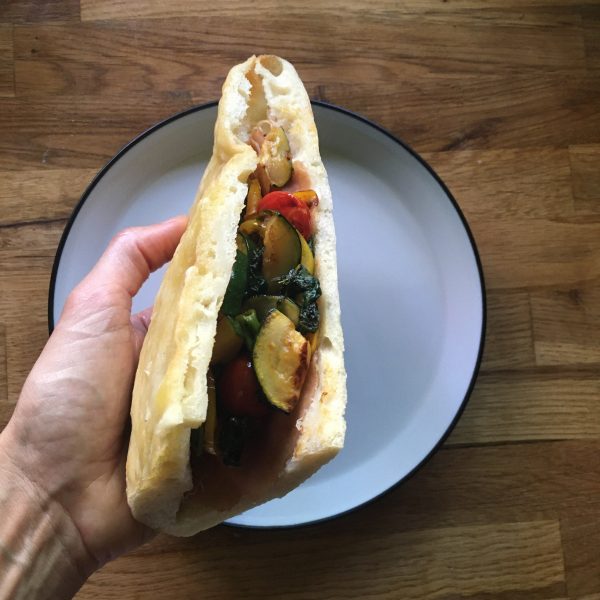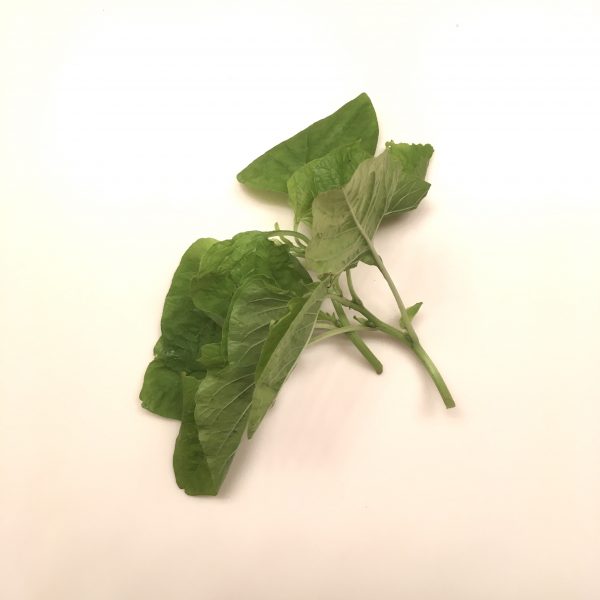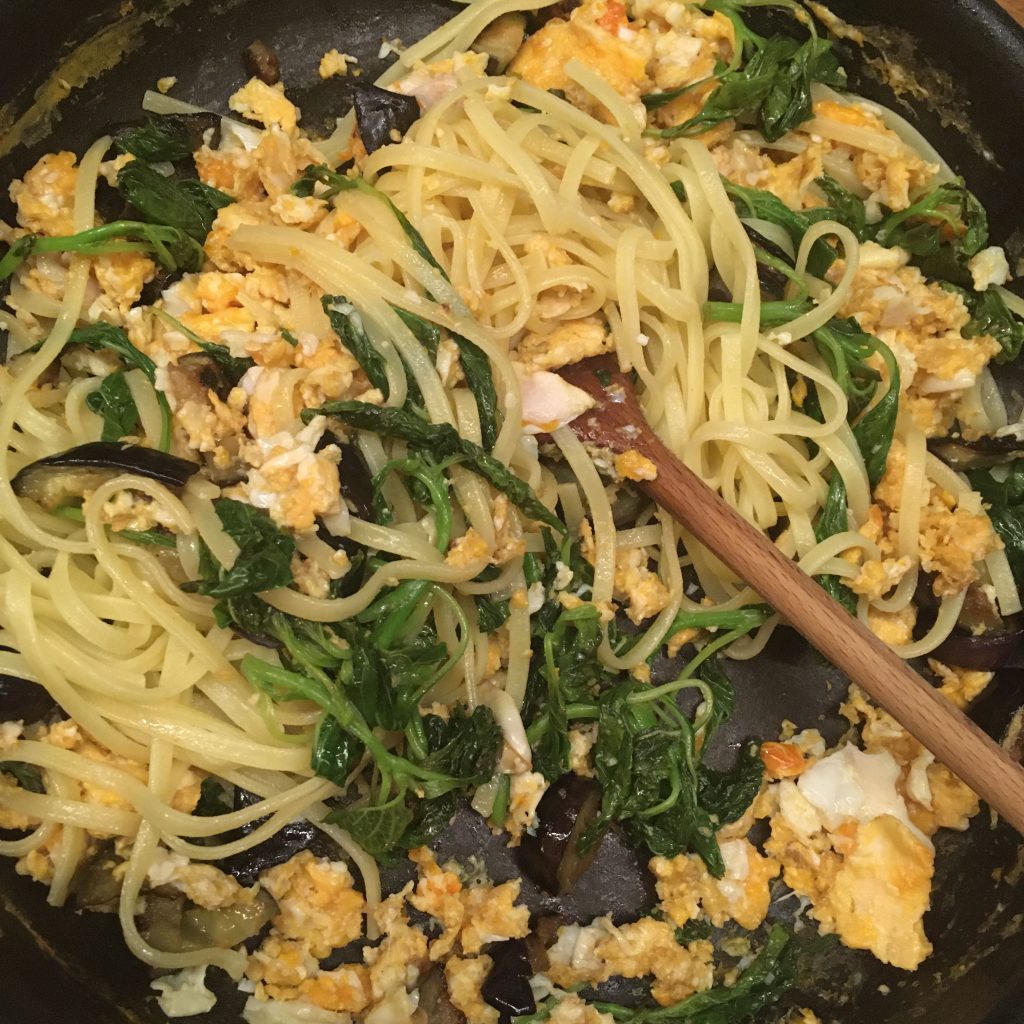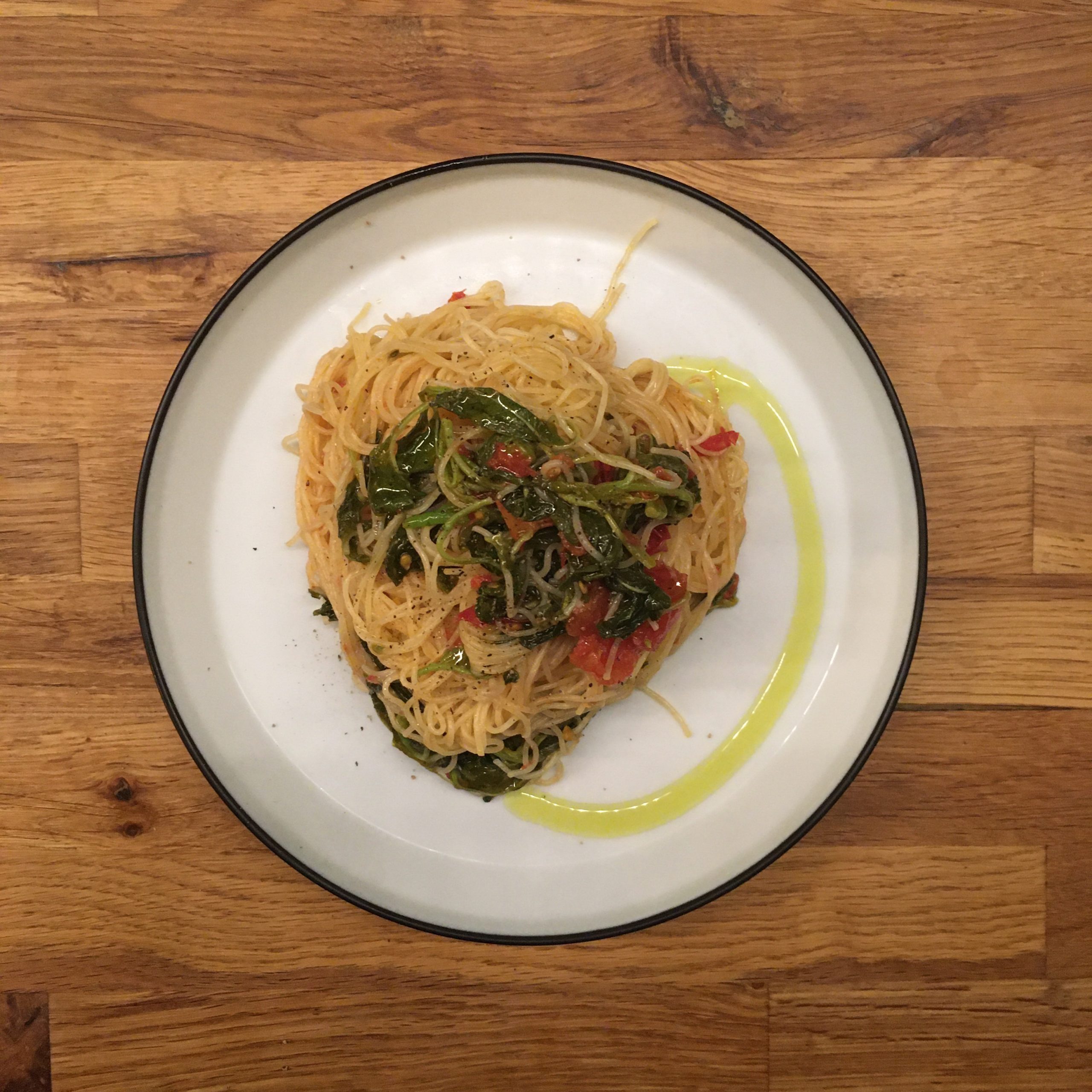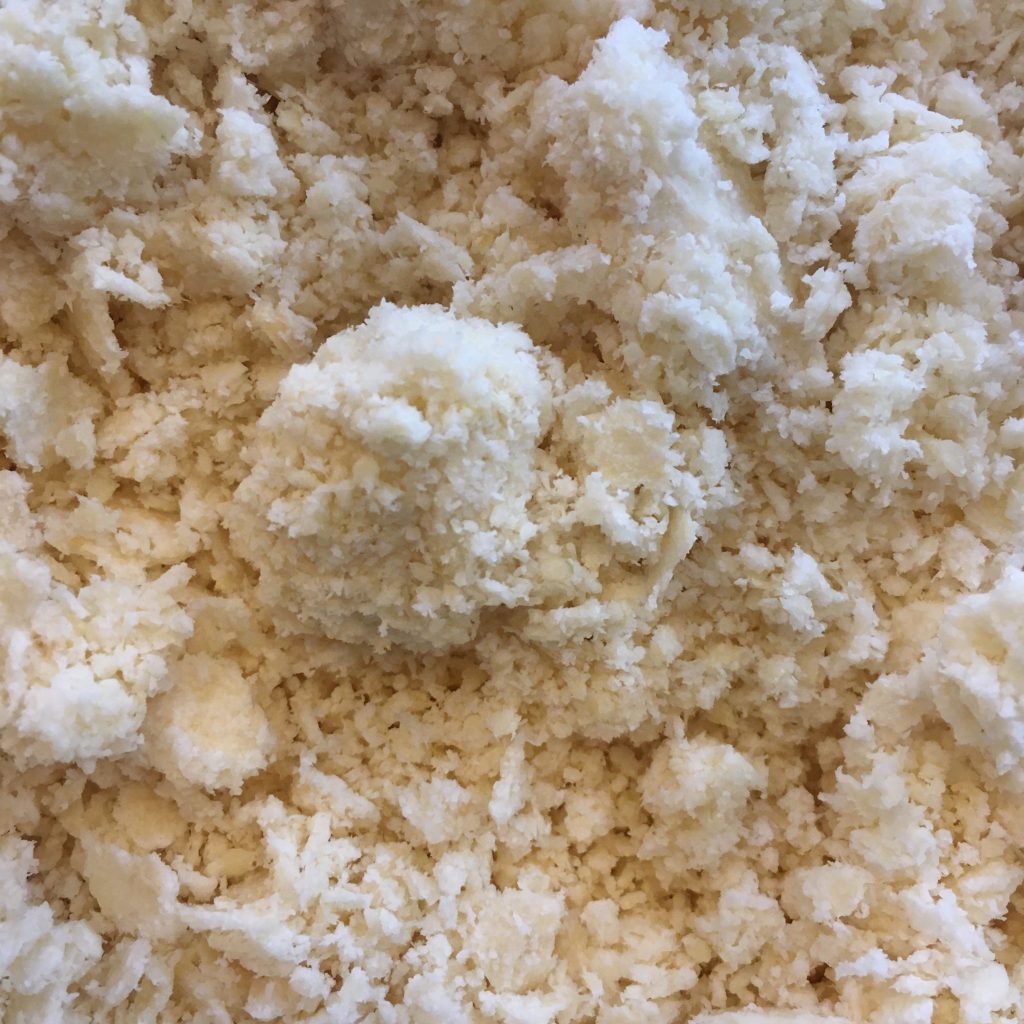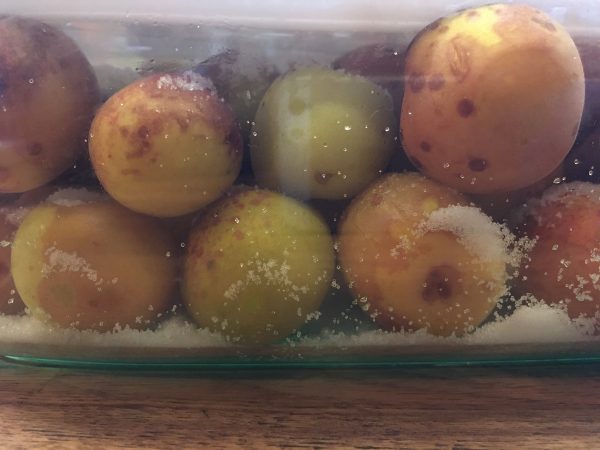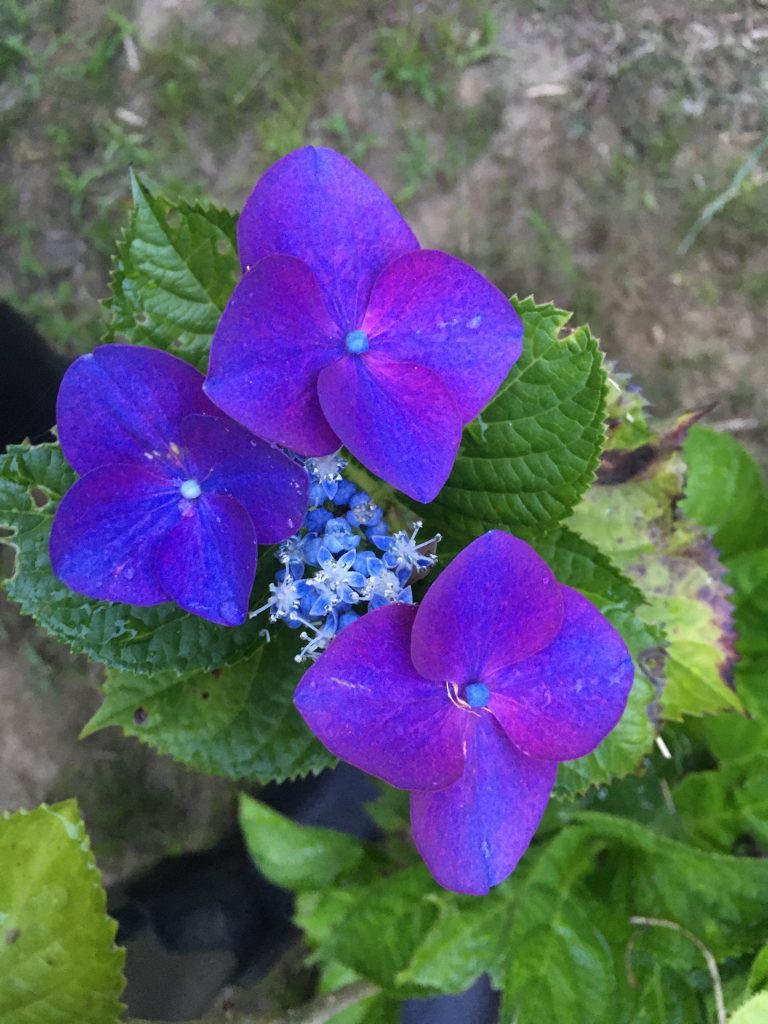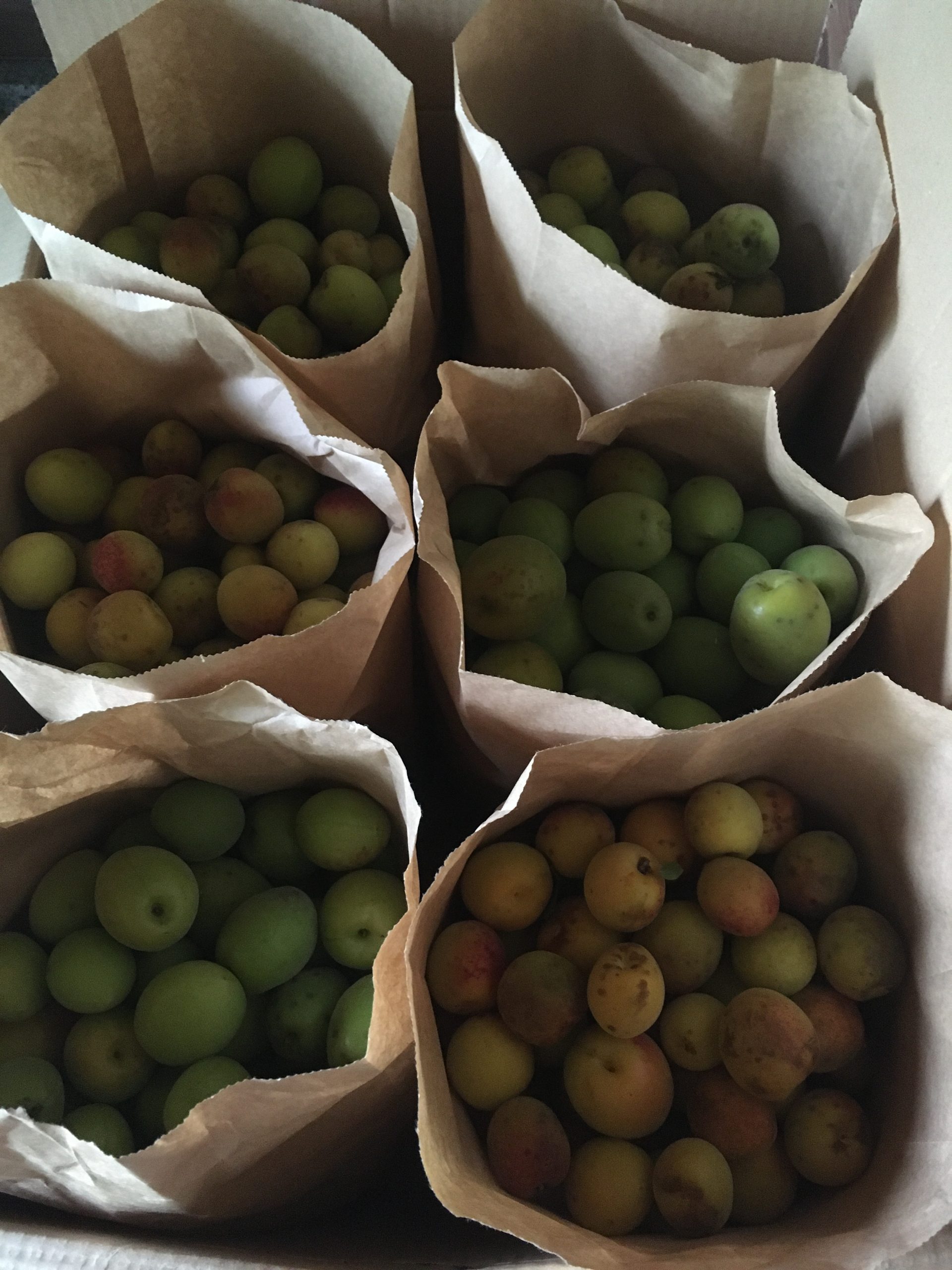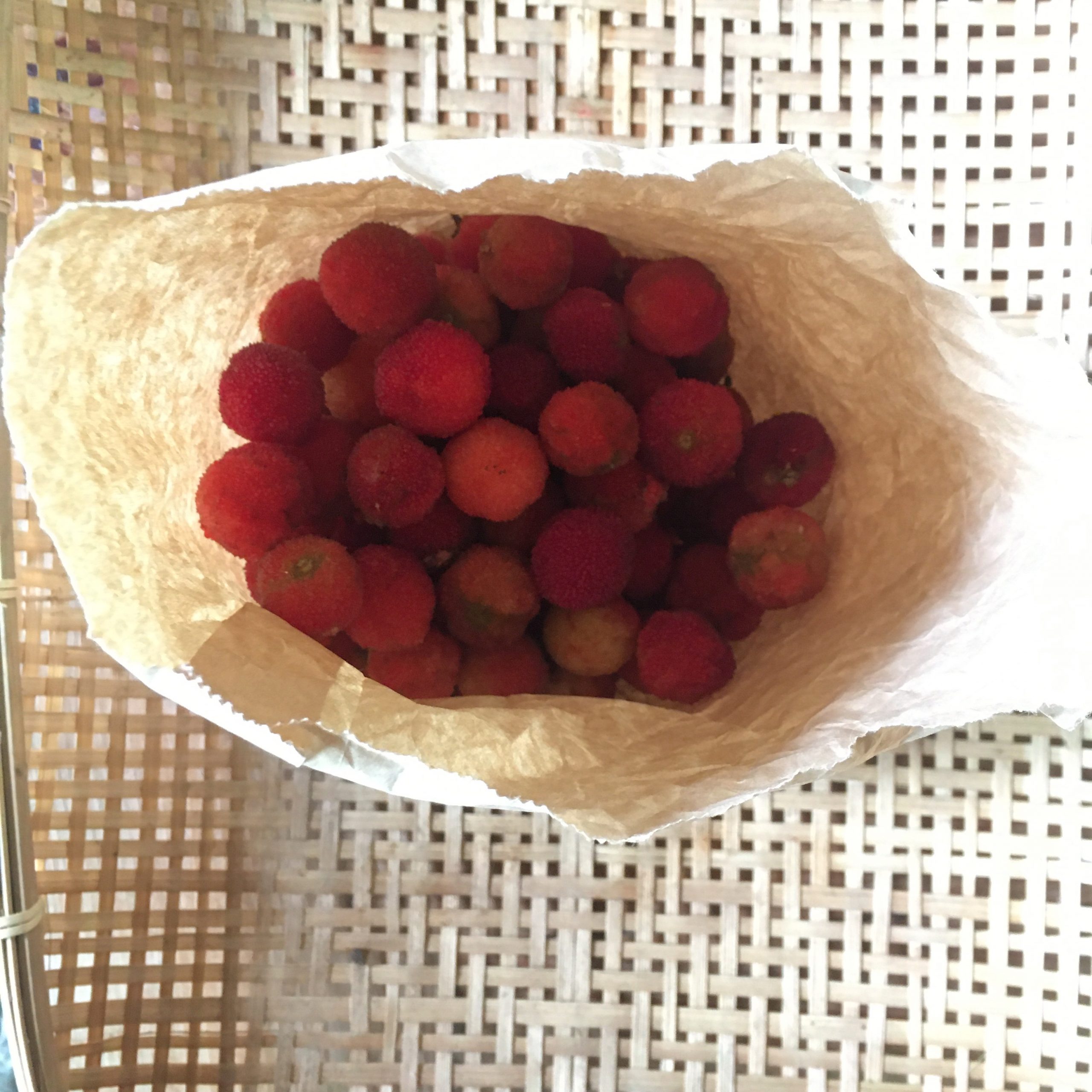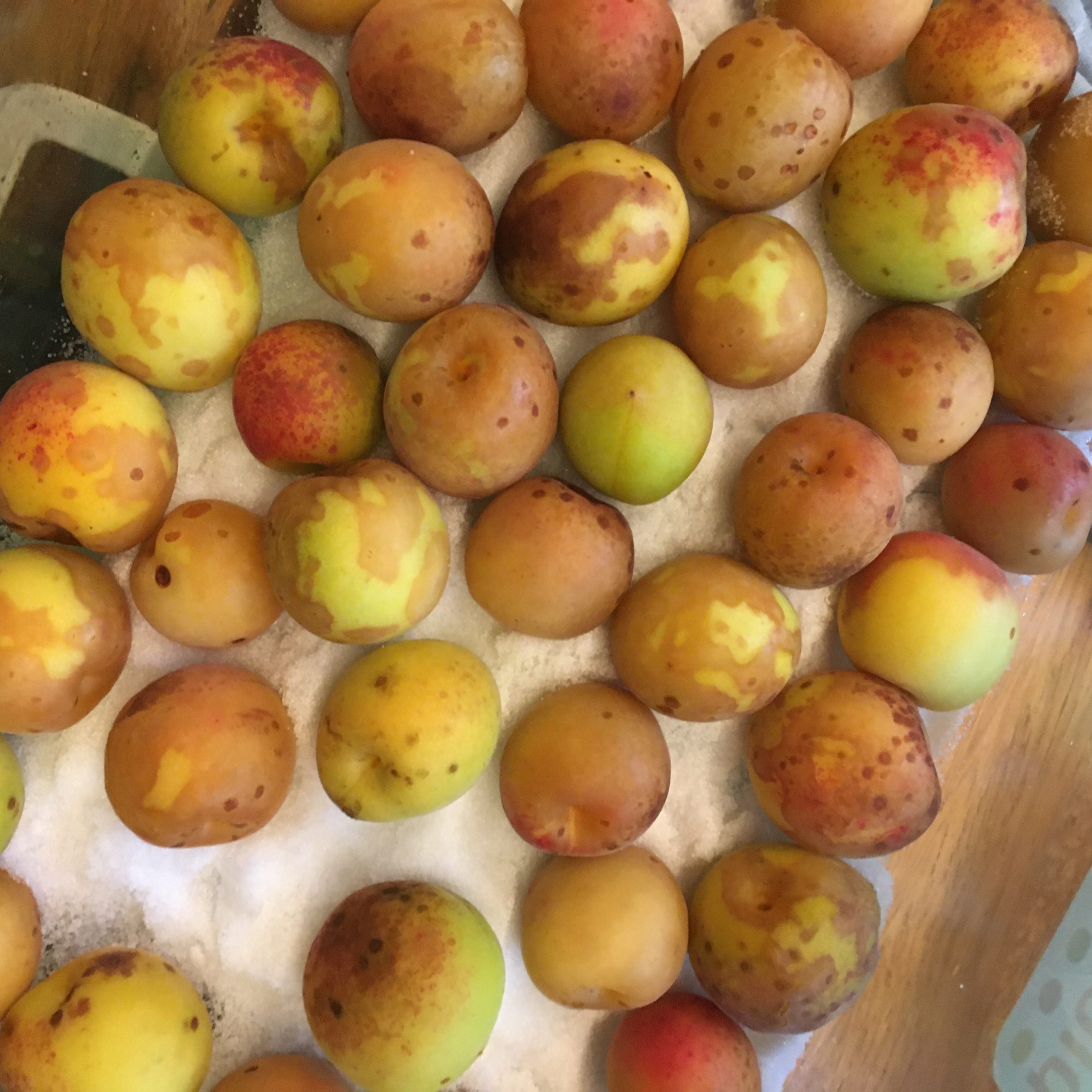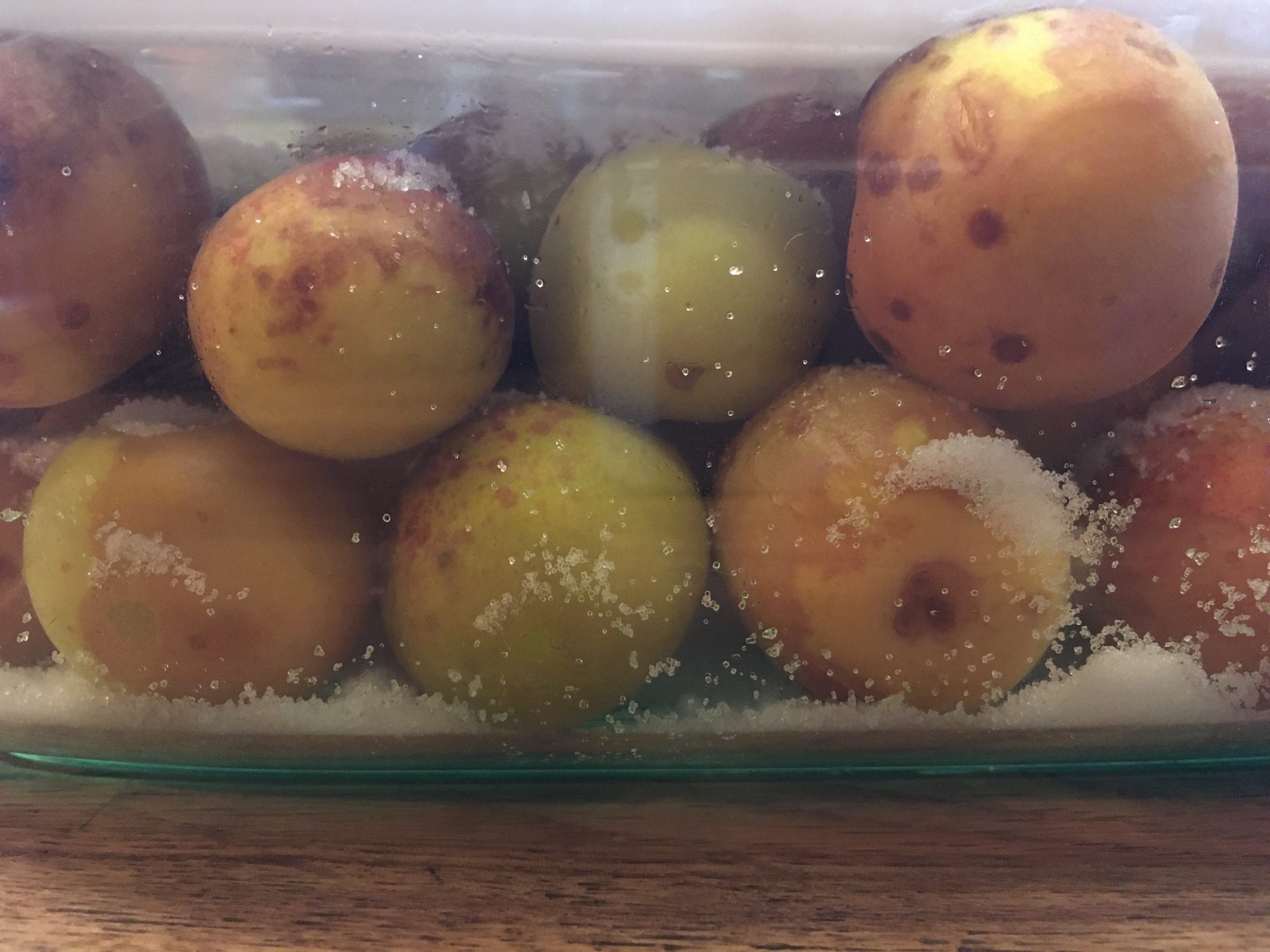I love lentils of all sorts, but when I see coral lentils on a shelf, I can’t help being attracted by their beautiful color. And every time I forget that the color will somehow fade away when cooked (contrarily to some fancy pictures you see on the internet… or they have a well kept secret…)
So I usually get excited starting cooking them and thinking about the beautifully colored dish… and 20 minutes later… damned! It’s yellowish brownish… Nonetheless the recipe I came with yesterday was really delicious, and worth remembering. So let me share it with you.
Coral lentils spicy stew (2 servings as whole meal)
- 100g of coral lentils
- 5 little potatoes
- 1 onion
- 1 eggplant
- 1tsp of curry powder
- 1tsp of turmeric
- Ground black pepper
- Salt
In a large pan put the lentils and cover generously with water. Cook at low heat for 15min or until the water is gone.
Peel the potatoes, cut them in 4. Cut the onion in bites, and the eggplant. Add to the lentils. Almost cover with water, add the spices, salt and pepper and cook at medium to low heat for 10min, or until the water is almost gone. Serve and enjoy!!
